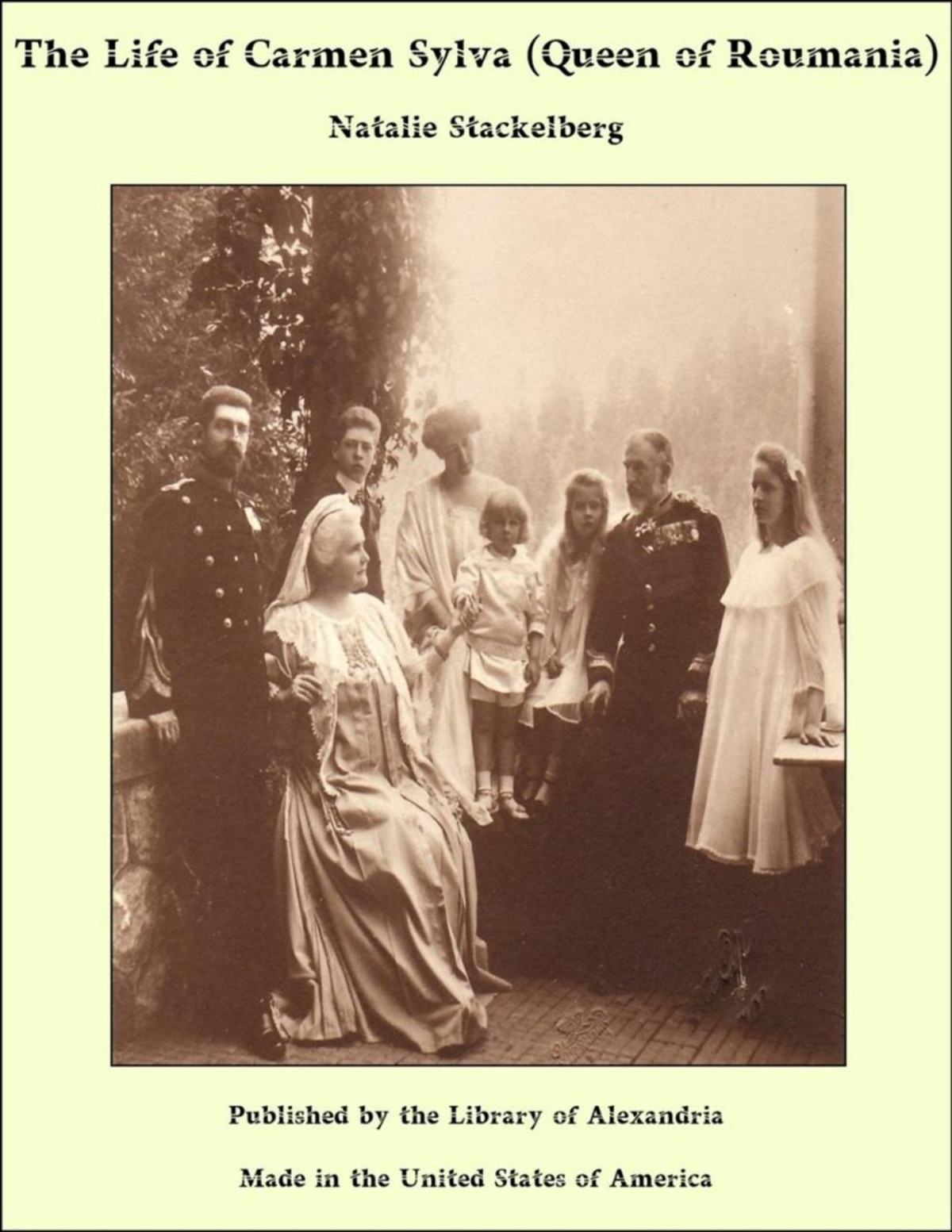

Most ebook files are in PDF format, so you can easily read them using various software such as Foxit Reader or directly on the Google Chrome browser.
Some ebook files are released by publishers in other formats such as .awz, .mobi, .epub, .fb2, etc. You may need to install specific software to read these formats on mobile/PC, such as Calibre.
Please read the tutorial at this link: https://ebookbell.com/faq
We offer FREE conversion to the popular formats you request; however, this may take some time. Therefore, right after payment, please email us, and we will try to provide the service as quickly as possible.
For some exceptional file formats or broken links (if any), please refrain from opening any disputes. Instead, email us first, and we will try to assist within a maximum of 6 hours.
EbookBell Team

0.0
0 reviewsFor many generations we find in the family of the Counts, who later became Princes of Wied, distinguished men and women. For centuries we can find their trace, ever striving for what is noble and ideal, and thus overcoming the monotony of daily life. Leaders of armies, high prelates, and learned men have sprung from that family. Noble women have influenced the rising generation by their educational powers. Intellectual pre-eminence can almost be called a heritage in the princely House of Wied. In the year 1093 the Counts of Wied were already a mighty dynasty. Their possessions on the right and left banks of the Rhine extended to the heights of the Eifel and the Westerwald. The most ancient seat of the Counts of Wied was the Castle of Ober-Altwied, to which the Castle of Neider-Altwied was added later. We find the earliest mention of the Rhenic branch of the dynasty of the Counts of Wied in a document-of-foundation of the year 1093. Amongst the witnesses stands the name of Meffrid, Count of Wied. His consort Osterlindis was a near relative of Henry the Lion, and the mother of theArchbishop Arnold of Cologne. This energetic and highly-gifted prince of the Church took a leading part in the election of a king at Frankfort after the death of Conrad III. It was he who accompanied Frederick Barbarossa to Aix and crowned him there. Theodorick, Count of Wied, lived early in the thirteenth century. He was renowned for his piety and wisdom as a statesman when he was Archbishop of Treves. The Liebfrauen Church at Treves, that beautiful monument of Gothic architecture, owes its origin to him. In the year 1243 the male line became extinct in the person of Count Lothar. The heritage of the Counts of Wied then fell to Bruno, Count of Isenburg, who was married to the heiress of the House of Wied and took the name. At the death of Count William in 1462 the inheritance fell, in default of a male heir, to Frederick of Runkel, of the House of Leiningen-Westerburg. His mother was Anastasia of Isenburg-Wied, a niece of Count William.